Based on its continued research, it appears Microsoft recognizes that the next HoloLens needs a wider field of view (FoV). Based on a recently-revealed documentation, the company's research team has found another way to accomplish that objective.
A patent application filed with the US Patent and Trademark Office (USPTO) in Dec. 2016 and published on June 21 describes a method for enlarging FoV on a near-eye display using a microelectromechanical (MEMS) laser scanner.

Like current augmented reality headsets with liquid crystal on silicon (LCoS) or digital light processing (DLP) display engines, a MEMS laser scanner projects images by reflecting light onto gratings on a display.
While the FoV of a MEMS laser scanner display is usually only 35 degrees, Microsoft's patent application calls for the display to generate light in two different directions, with the projected images potentially overlapping in the middle. As a result, the field of view could approach 70 degrees, according to the patent summary.
Last year, Microsoft filed a similar patent for doubling FoV by projecting images in stereo.
Since the latest patent was filed more than 18 months ago, it is conceivable that Microsoft has had enough time to implement the system for the next-generation HoloLens. Then again, the mere existence of a patent is no guarantee of its implementation in any form.
However, one supplier of MEMS laser scanner displays, MicroVision, announced last April that it had secured a $24 million development contract with a major technology company to produce such a display system.
"We believe the LBS display markets have tremendous opportunity for growth, and we are extremely pleased that a major technology company has decided to work with MicroVision and our PicoP scanning technology in the development of its product," said Alexander Tokman, president and CEO of MicroVision. "We believe that our systems expertise and the ability of our patented LBS technology to create a display that produces high resolution images from a low power, small form factor engine were key contributors to winning this business."
Along with increased FoV, lower power consumption and a smaller footprint align with what it is expected of the next HoloLens. Time will tell if this method turns out to be how Microsoft bumps up the capabilities of its headset.
Just updated your iPhone? You'll find new features for Podcasts, News, Books, and TV, as well as important security improvements and fresh wallpapers. Find out what's new and changed on your iPhone with the iOS 17.5 update.
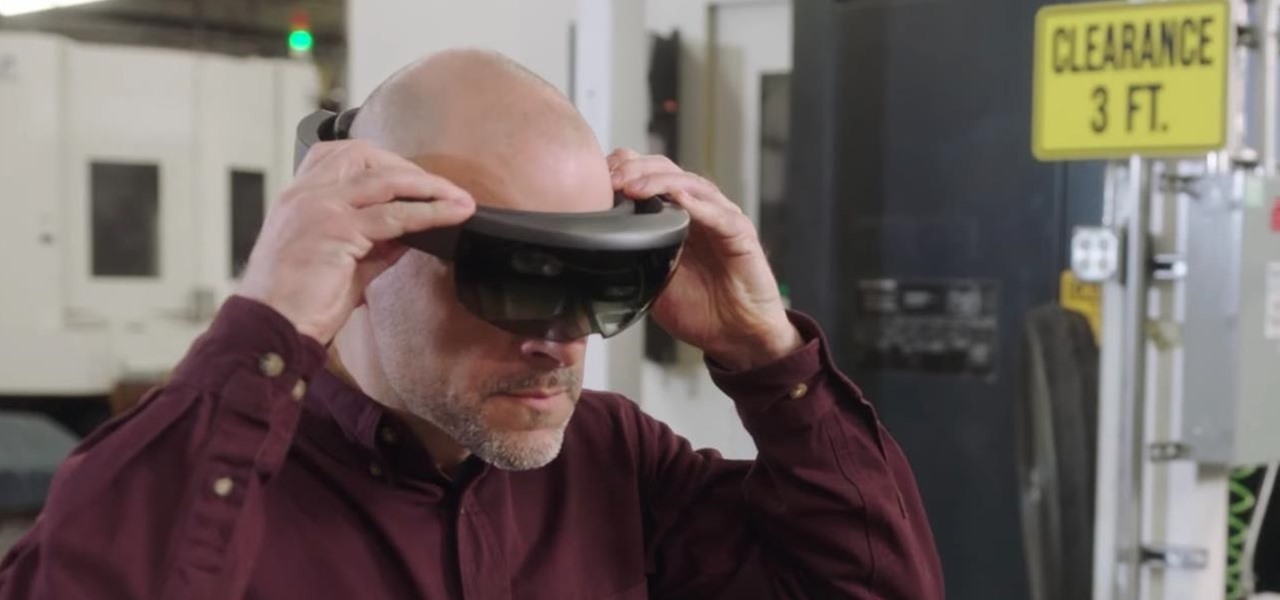


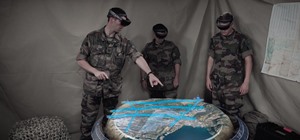


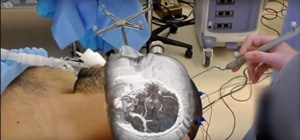


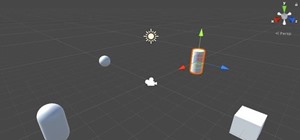

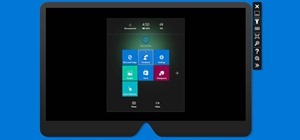
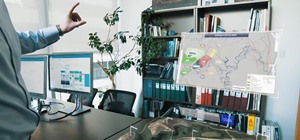

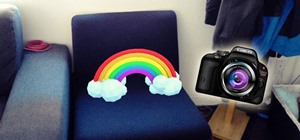

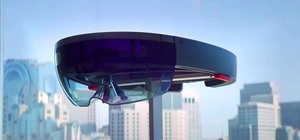
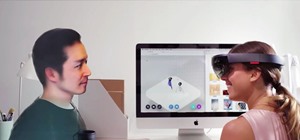

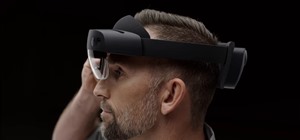
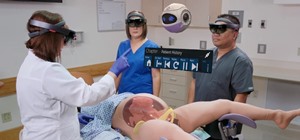
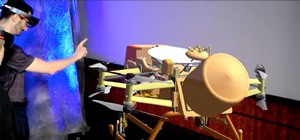
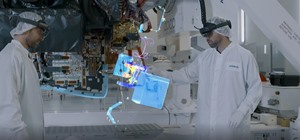
Be the First to Comment
Share Your Thoughts